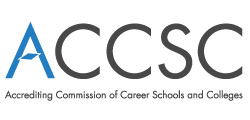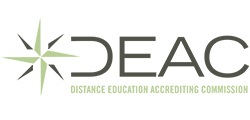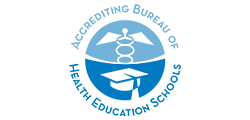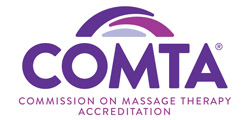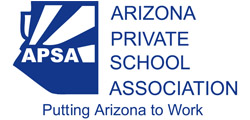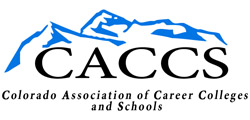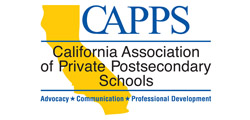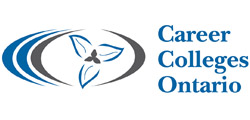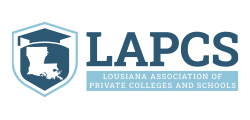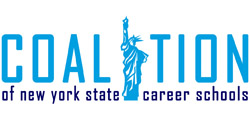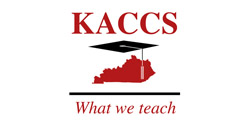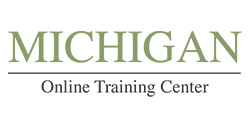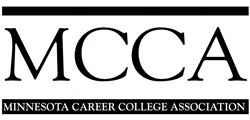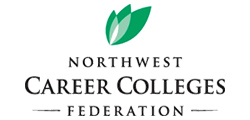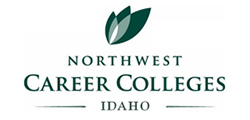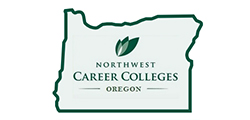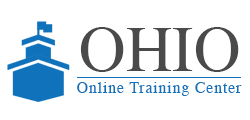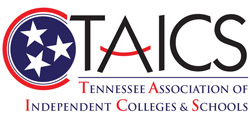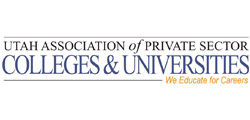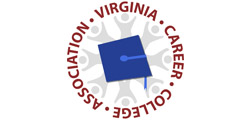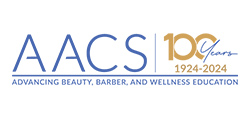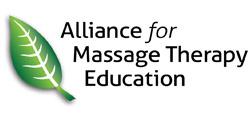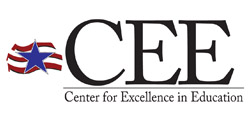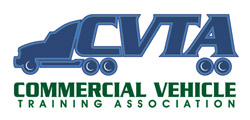Badge Evidence | Completed Courses (4 Hours Each)
EC115Integrating Career Readiness Into Your Courses: Part I
This course will provide an overview of career readiness including information and activities that may be incorporated into your courses. This course, which forms Part I of a two-part series, provides details about four specific career readiness skills: critical thinking/problem solving, verbal/written communications, teamwork/collaboration, and information technology applications. Additional thoughts and resources will also be provided to allow you to consider multiple ways to assist students in developing these skills in your courses.
ED101Effective Teaching Strategies
This introductory course covers the essential roles of a teacher and the competencies required to be a successful instructor in an educational institution. Proven techniques and strategies for planning and preparation are presented and discussed. In addition, the course offers effective methods for conducting the first class meeting and delivering course content. This course provides a solid foundation for new instructors and serves as an excellent refresher for more experienced instructors.
ED102Student Retention Methods
The instructor is the real key to student retention at any educational institution. Instructors must keep focused on student motivation and retention each and every day of class. Developing strategies for retaining students throughout the entire training sequence is both complex and rewarding. All instructors should have the goal of seeing all of their students successfully complete their class. This course helps you reach that goal by helping you to understand your students and use proven motivation and retention techniques to keep them enrolled and engaged in the learning process.
ED104Class Management Strategies
This course provides methods and techniques for managing students and class activities. We start by reviewing the steps instructors need to follow as they introduce a class to new students. We then discuss strategies to effectively deal with unfocused and challenging students. The course ends by describing common mistakes made by instructors and ways to avoid them.
ED111RActive Learning Methods
This course provides an introduction to the concept and philosophy of active learning, and describes a variety of methods to help instructors "activ-ate" their class. The course includes active learning examples that utilize both critical and analytical thinking skills. We also identify the risks that may discourage instructors from using active learning strategies and offer suggestions for managing them. A three-step method is suggested for developing an active lesson, and a comprehensive model is offered as a guide for creative active learning strategies.
ED121Creating Service Learning Opportunities for Students
Service learning programs help students take their knowledge and skills out of classrooms and labs into community settings enabling them to use critical thinking and problem solving abilities. This course provides information about the advantages of using service learning as a teaching tool while enhancing the growth of students. Implementation steps are covered so participants will be able to make service learning a part of program offerings as well as providing career opportunities for students.
ED129Practical Applications for the Flipped Classroom
This course will provide you with an overview of various practical applications for the flipped classroom. The flipped classroom, also referred to as the inverted or reversed classroom, has been implemented in many classroom settings. This course will provide more information about engaging pedagogical models, just-in-time teaching, collaborative teaching and learning, and various components of the flipped classroom.
ED133Universal Design for Learning
This course will provide you with an overview of Universal Design for Learning (UDL) and help introduce you to this research-based educational framework. UDL helps instructors develop flexible learning environments to accommodate learners' learning differences. This course will provide a working definition and information pertaining to various components of UDL.
ED148ChatGPT and Educational Uses
This course will provide an overview of ChatGPT and how it might impact education. With an artificial intelligence (AI) language processing tool, there could be endless possibilities. However, like any other technology, its use in education is to be considered carefully, because learning will be affected. The course begins with an overview of the history of chatbots and artificial intelligence and goes on to discuss how to use ChatGPT, how teachers and students may use it, and the advantages and disadvantages of its use.
ED207Outside the Classroom: Experiential Learning
Experiential learning is intended to extend students' educational experience beyond the traditional classroom setting. It is a structured, student-centered way to integrate curriculum-based educational experiences utilizing practical applications and active involvement. This course discusses strategies for extending the curriculum into the workplace. Information is provided on how to educate the internship site and how to create useful forms and processes for documenting and implementing successful internships. This course describes the different roles of the institution, the student, and the internship site. It will identify ways to supervise students, as well as ways to evaluate and assess student success at internship sites.
ED405Essential Teaching Strategies
This course emphasizes teaching strategies that can be implemented within different types of lessons to promote teacher proficiency, student motivation, and achievable outcomes. Topics relating to teaching methods include direct, indirect, interactive, and independent instruction. By utilizing various teaching strategies and methods, an instructor can approach teaching topics in a variety of ways. The goal of this course is to help develop a better understanding of essential teaching strategies, and produce tangible resources to help implement plans, strategies, and ideas at your institution. In addition to lecture videos, resource links, and assessments, you will be able to utilize Journal and Learning Activities, which will continue to be useful after successful completion of the course.
ED406Motivating Others
Motivation can be the difference between success and failure. In this course, the idea of how motivation impacts people will be discussed. Activities will focus on improving motivation in students, and other people you interact with, as well as yourself. The goal of this course is to help develop a better understanding of the topic, and produce tangible resources to help implement plans, strategies, and ideas at your institution. In addition to lecture videos, resource links, and assessments, you will be able to utilize Learning Activities, which will continue to be useful after successful completion of the course.




